If you’re like millions of other Americans, you probably spend your days working in front of a computer. Maybe you work in front of more than one computer screen so you can get more done.
At the end of the workday, are you exhausted? Do your eyes feel like sandpaper?
These are some of the more common symptoms of something called eye fatigue. The question is, do you need to talk to an eye doctor if you have symptoms of eye fatigue? Keep reading to learn more!
What exactly is eye fatigue?
It’s likely that you’ve heard of dry eye syndrome, or even having dry eyes, but maybe not eye fatigue. Eye fatigue and dry eyes often go hand in hand with each other.
Eye fatigue, eye strain, and tired eyes are all the same thing. Eye fatigue occurs most often when you’re working on a task for a long period of time without taking any breaks.
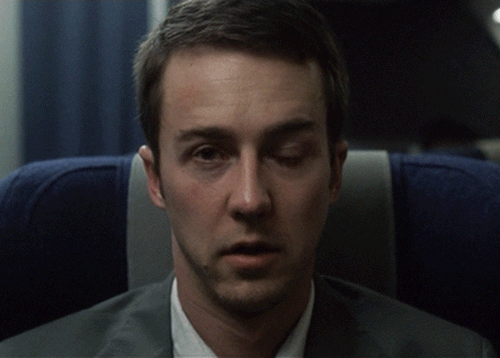
This is most likely to occur if you’re working in front of a computer or any digital screens. You can also develop eye fatigue symptoms if you’re reading, driving for an extended period of time, or your eyes get too dry. You may experience uncomfortable symptoms like:
Eye irritationRednessPain in your back, shoulders, or neckDry or watery eyesBlurry or double visionIncreased sensitivity to light
Eye fatigue may be uncomfortable but in most cases, it’s not something that should cause you alarm. For the majority of people, it just means you’re not as productive as you could be, especially when you’re working.
Are any of the symptoms of eye fatigue preventable?
Absolutely! Since eye fatigue usually occurs because of spending too much time in front of a computer screen, the first thing you can do is try to take more breaks when you’re working. Of course, this is easier said than done, but if you’re serious about preventing eye fatigue completely, it’s worth it!
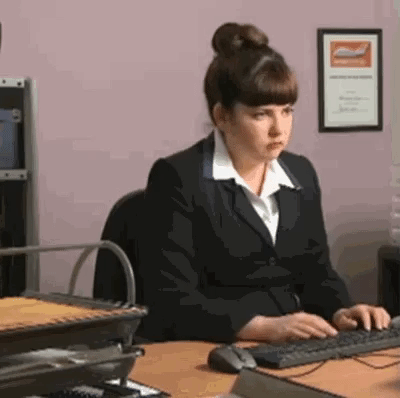
It’s difficult to avoid spending hours in front of your screen when you work eight hours a day, five days a week. So for the sake of your eyes, become very well acquainted with the 20-20-20 rule.
Try the 20-20-20 rule
The 20-20-20 rule is the following: Every twenty minutes, take a break from the task you’re working on to look at an object that’s 20 feet away from you for 20 seconds. That’s it!
It doesn’t sound like much, but taking a quick break to refocus your eyes away from the screen can make a big difference.
Keep eye drops or artificial tears at your desk
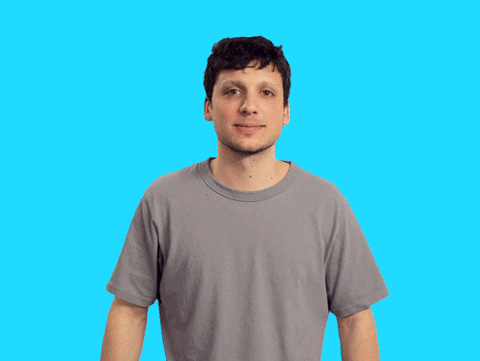
Another thing that you can try is keeping artificial tears or eye drops at your desk. Remember how one of the symptoms of eye fatigue is if you have dry eyes?
If your eyes start to feel dry, combat it right away! If you’re proactive, your eyes will feel better and you won’t experience such severe symptoms of eye fatigue.
Adjust your computer screen height to prevent glare
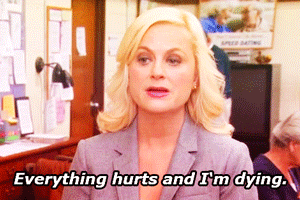
If you suffer from eye fatigue, you may also experience shoulder pain, back pain, and neck pain. If your eye fatigue comes with this full-body nightmare, try adjusting your computer screen.
This is helpful for preventing glare. It also helps with reducing any straining you may be doing to see your actual work. The best way to have your screen is 20-26 inches away from your eyes.
A screen that’s too high will actually cause more harm than help, so make sure your screen is placed slightly below your eye level.
Buy yourself a personal humidifier for your desk at work
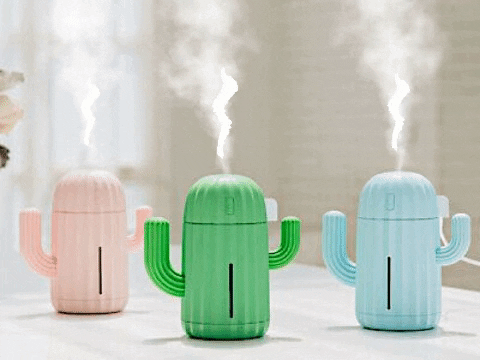
Look, you probably spend almost as much time at work as you do at home, so you might as well be as comfortable as possible! Why not buy a personal humidifier for your desk at work?
This will add extra moisture to the air around you, which helps if your eyes are dry, scratchy, and tend to feel like they were dragged across sandpaper at the end of the day. If you’re worried about not having enough plugs, you may be able to find a small one that has a USB end as a plug instead.
When should I see an eye doctor about eye fatigue?
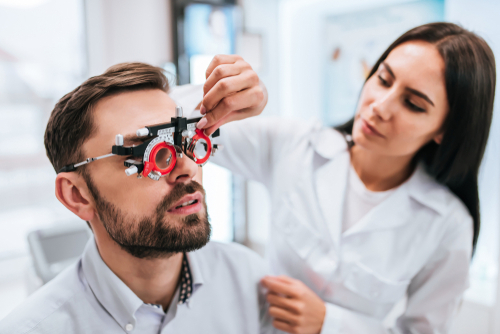
For some people, just experiencing the symptoms of eye fatigue is enough to book an appointment with their eye doctor. For others, they may wait as long as they possibly can.
Of course, when to see your eye doctor is a personal decision, but there are some times when you should see an eye doctor sooner than later. If your eyes hurt and they don’t feel like they are getting any better, you should definitely see your eye doctor.
You should also see your eye doctor if you’ve tried most, if not all, of the above tips and recommendations, and you still haven’t found any kind of relief. Seeing your eye doctor is a good idea because they can rule out any possible medical problems or conditions.
They can also run tests and see if your prescription for your glasses or contact lenses are up to date. They may also want to run additional tests to see if you may have dry eye syndrome.
If you do have dry eye syndrome, Chicago Cornea Consultants™ offers our patients many treatment options. Depending on your dry eye needs, you may find relief with IPL (Intense Pulsed Light) therapy, or LipiFlow.
Our expert ophthalmologists are more than happy to go over the available treatments, as well as come up with a custom treatment plan to treat your individual symptoms. If you find out that your symptoms of eye strain and fatigue are nothing to worry about, you may want to ask them about computer glasses.
They may have a recommendation or an extra coating they can add to your glasses to reduce glare from your digital devices. You’ll never know if you don’t ask!
Ready to tackle your frustrating eye fatigue symptoms once and for all? Contact Chicago Cornea Consultants™ in Highland Park to schedule an appointment with one of our ophthalmologists!
Summer may be almost over, but there’s never a good season to suffer, so stop waiting!

